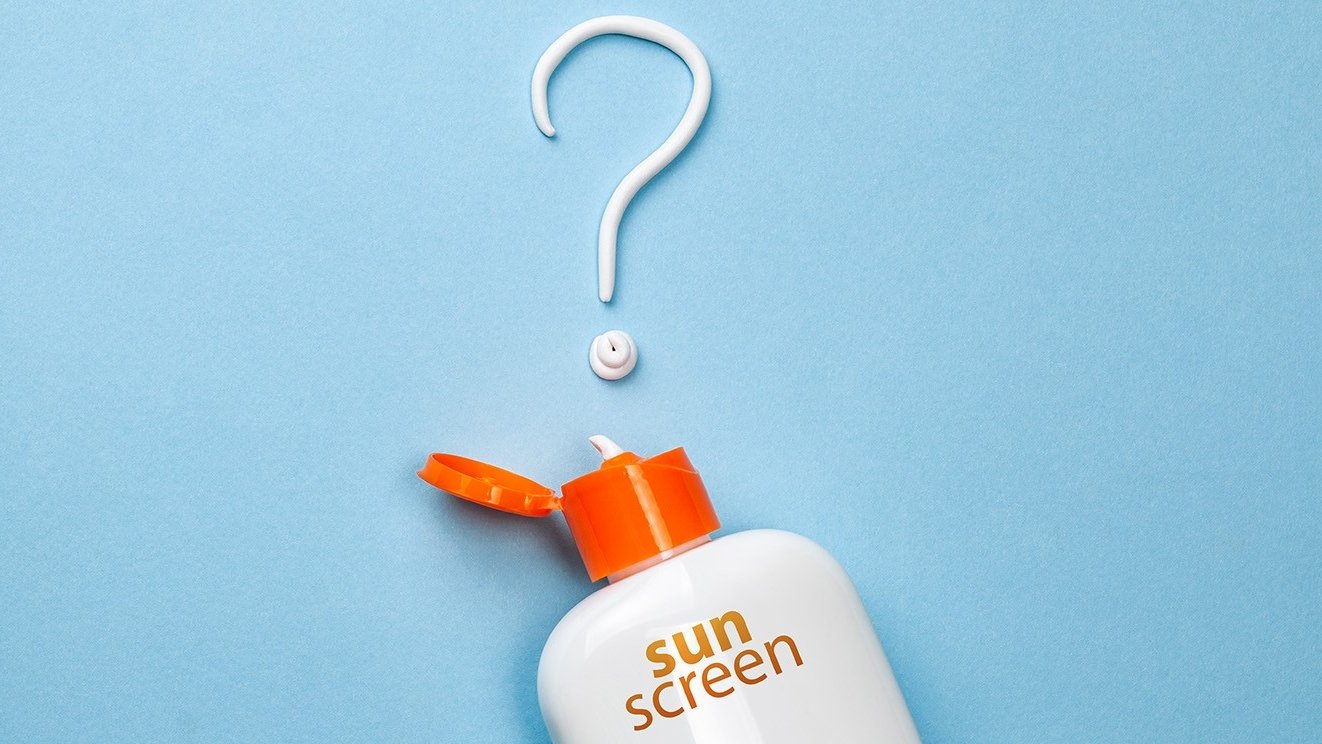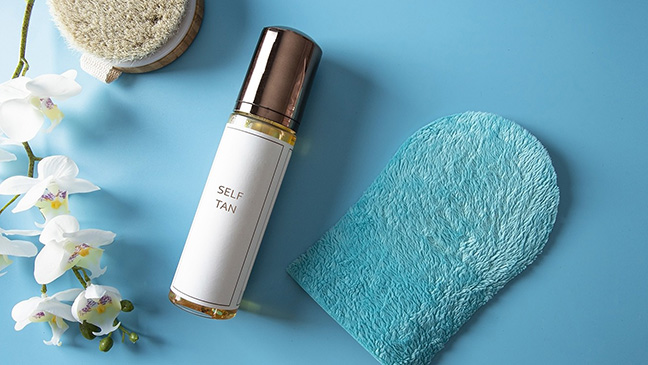- Diseases
- Acoustic Neuroma (14)
- Adrenal Gland Tumor (24)
- Anal Cancer (68)
- Anemia (2)
- Appendix Cancer (16)
- Bile Duct Cancer (26)
- Bladder Cancer (72)
- Brain Metastases (28)
- Brain Tumor (232)
- Breast Cancer (714)
- Breast Implant-Associated Anaplastic Large Cell Lymphoma (2)
- Cancer of Unknown Primary (4)
- Carcinoid Tumor (8)
- Cervical Cancer (158)
- Colon Cancer (166)
- Colorectal Cancer (116)
- Endocrine Tumor (4)
- Esophageal Cancer (44)
- Eye Cancer (36)
- Fallopian Tube Cancer (8)
- Germ Cell Tumor (4)
- Gestational Trophoblastic Disease (2)
- Head and Neck Cancer (12)
- Kidney Cancer (128)
- Leukemia (342)
- Liver Cancer (50)
- Lung Cancer (286)
- Lymphoma (278)
- Mesothelioma (14)
- Metastasis (30)
- Multiple Myeloma (100)
- Myelodysplastic Syndrome (60)
- Myeloproliferative Neoplasm (4)
- Neuroendocrine Tumors (16)
- Oral Cancer (100)
- Ovarian Cancer (172)
- Pancreatic Cancer (160)
- Parathyroid Disease (2)
- Penile Cancer (14)
- Pituitary Tumor (6)
- Prostate Cancer (146)
- Rectal Cancer (58)
- Renal Medullary Carcinoma (6)
- Salivary Gland Cancer (14)
- Sarcoma (238)
- Skin Cancer (294)
- Skull Base Tumors (56)
- Spinal Tumor (12)
- Stomach Cancer (64)
- Testicular Cancer (28)
- Throat Cancer (92)
- Thymoma (6)
- Thyroid Cancer (96)
- Tonsil Cancer (30)
- Uterine Cancer (80)
- Vaginal Cancer (16)
- Vulvar Cancer (20)
- Cancer Topic
- Adolescent and Young Adult Cancer Issues (20)
- Advance Care Planning (10)
- Biostatistics (2)
- Blood Donation (18)
- Bone Health (8)
- COVID-19 (362)
- Cancer Recurrence (120)
- Childhood Cancer Issues (120)
- Clinical Trials (630)
- Complementary Integrative Medicine (22)
- Cytogenetics (2)
- DNA Methylation (4)
- Diagnosis (232)
- Epigenetics (6)
- Fertility (62)
- Follow-up Guidelines (2)
- Health Disparities (14)
- Hereditary Cancer Syndromes (126)
- Immunology (18)
- Li-Fraumeni Syndrome (8)
- Mental Health (116)
- Molecular Diagnostics (8)
- Pain Management (62)
- Palliative Care (8)
- Pathology (10)
- Physical Therapy (18)
- Pregnancy (18)
- Prevention (912)
- Research (392)
- Second Opinion (74)
- Sexuality (16)
- Side Effects (604)
- Sleep Disorders (10)
- Stem Cell Transplantation Cellular Therapy (216)
- Support (402)
- Survivorship (320)
- Symptoms (182)
- Treatment (1786)
4 myths about tattoos, sunscreen and sun safety
BY Molly Adams
3 minute read | Published July 08, 2022
Medically Reviewed | Last reviewed by an MD Anderson Cancer Center medical professional on July 08, 2022
Whether you have a tattoo from radiation therapy or have a meaningful design you’ve worn for years, there are a few things you should know about protecting skin from sun damage, as well as how tattoos can impact your skin cancer screenings.
“Tattooed skin isn't any different than natural skin, and it should be protected the same way,” says dermatologist Anisha Patel, M.D.
Here, she shares the facts behind four common tattoo myths to help you get the most out of your sun protection and reduce your risk of developing skin cancer.
1. Myth: Newly tattooed skin is more sensitive to sun damage.
Fact: If you have a new tattoo, you may have been told to keep it out of the sun to protect the design, but Patel says that’s not the whole story.
Newly tattooed skin is often inflamed from the tiny pricks from the tattoo needle. “It’s not the tattoo that’s more vulnerable to the sun; it’s the inflamed skin,” Patel says.
Your skin will probably be red for a few days after getting a new tattoo, so you’ll want to stay out of the sun as much as possible, or wear sun-protective clothing and use a mineral sunscreen for the most protection
2. Myth: You need special sunscreen if you have tattoos.
Fact: Tattoo pigment is placed in the collagen, below the top layer of skin, where sun damage is more likely. If you notice a tattoo losing its look over time, it’s not from sun exposure or using the wrong sunscreen. There isn’t a special sunscreen for tattooed skin.
The change in the tattoo’s appearance is due to loss of collagen and elasticity.
“We all lose these things as we age, but these changes are accelerated by chronic sun exposure,” Patel says. “So, tattoos will change over time, especially in areas where collagen is thinnest like the arms.”
Your body also absorbs and breaks down tattoo pigment, so the longer you have a tattoo, the more it will evolve naturally with age.
3. Myth: Skin screenings for tattooed skin are the same as regular skin.
Fact: Since skin cancer often appears as colored moles on the surface of the skin, tattoos often make those changes harder to spot, Patel says.
If you have many tattoos or large portions of skin covered with them, your care team may use a special tool to perform a skin screening. A dermatoscope is a magnifying glass with polarized light that can be used to look at the skin up close to find any abnormal spots.
“Especially if you have a family history of skin cancer, you’ll want to schedule regular screenings so we can identify skin cancer early when it’s easiest to treat,” Patel says.
Annual skin screenings are recommended for anyone at increased risk of skin cancer. This includes people with fair skin, many moles or a history of sun exposure.
4. Myth: Tattoos can be spared in skin cancer removal.
Fact: Depending on where skin cancer is found, your tattoo may be partially removed along with the cancerous cells.
“Unfortunately, we sometimes have to cut into tattoos to get the cancer out,” Patel says. Some patients don’t mind and see the updated tattoo as a mark of their cancer experience. Other patients have a hard time coping with a new look.
Patel says it’s important to find a care team who will discuss your treatment options to find one that you feel comfortable with.
“Your tattoo may be changed,” she adds, “but with surgery, many skin cancers can be cured.”
Request an appointment at MD Anderson online or by calling 1-866-967-2182.

Tattooed skin should be protected the same as natural skin.
Anisha Patel, M.D.
Physician





